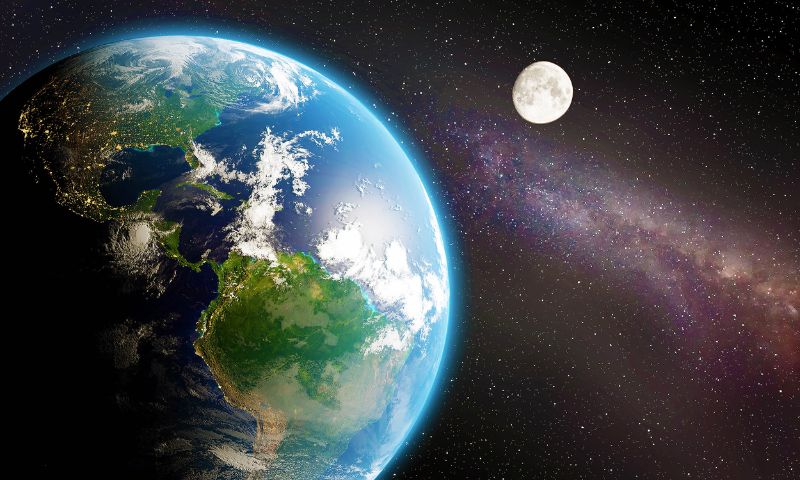Key points
- Tibetan plateau is Earth’s “third pole”
- The Moon moves away 4cm yearly due to tidal forces
- Earth’s largest living structure is coral reefs
- Antarctica holds the largest ice sheet on Earth — 30 million cubic kilometers of ice
ISLAMABAD: Earth is full of fascinating facts that challenge common perceptions and reveal its complex nature.
Here are some interesting facts about our planet, according to The European Space Agency (ESA). Firstly, Earth isn’t perfectly round. Its rotation causes a bulge at the equator and flattening at the poles, while uneven mass distribution results in subtle variations in gravity. These small differences are invisible from space, where Earth appears round. The planet’s true shape is its “geoid”.
Earth’s interior is “squishy”
Beneath our feet, Earth’s interior isn’t solid but semi-solid or “squishy” due to intense heat and pressure. This allows the mantle to flow slowly, driving plate tectonics, volcanic activity, and earthquakes.
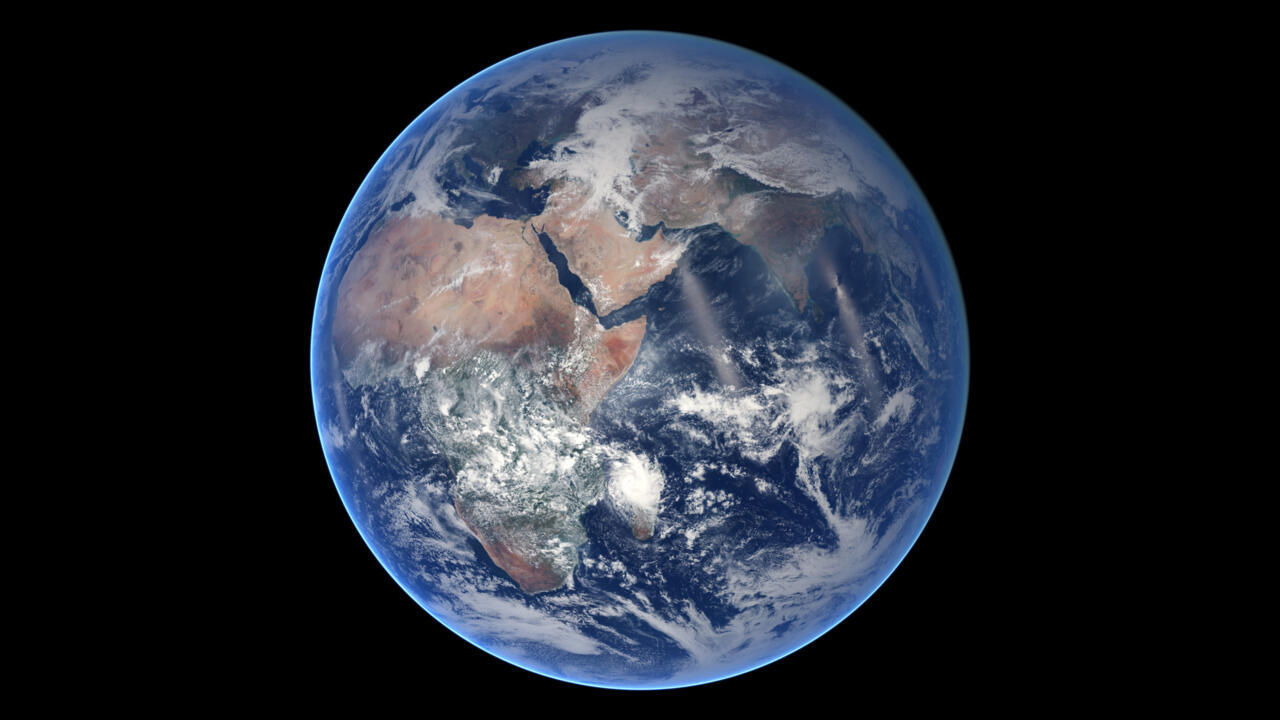
This pliability also causes post-glacial rebound: as glaciers melted after the last ice age, the mantle beneath has been slowly rising, lifting land in places like Canada, Scandinavia, and Greenland. West Antarctica is rebounding faster than anywhere else.
Moon is drifting away
The Moon, Earth’s celestial companion, is drifting away at about 4 cm per year. This happens because tidal forces create a bulge in Earth’s oceans that pulls on the Moon, speeding it up and pushing it farther into orbit. Over millions of years, this affects Earth’s rotation.
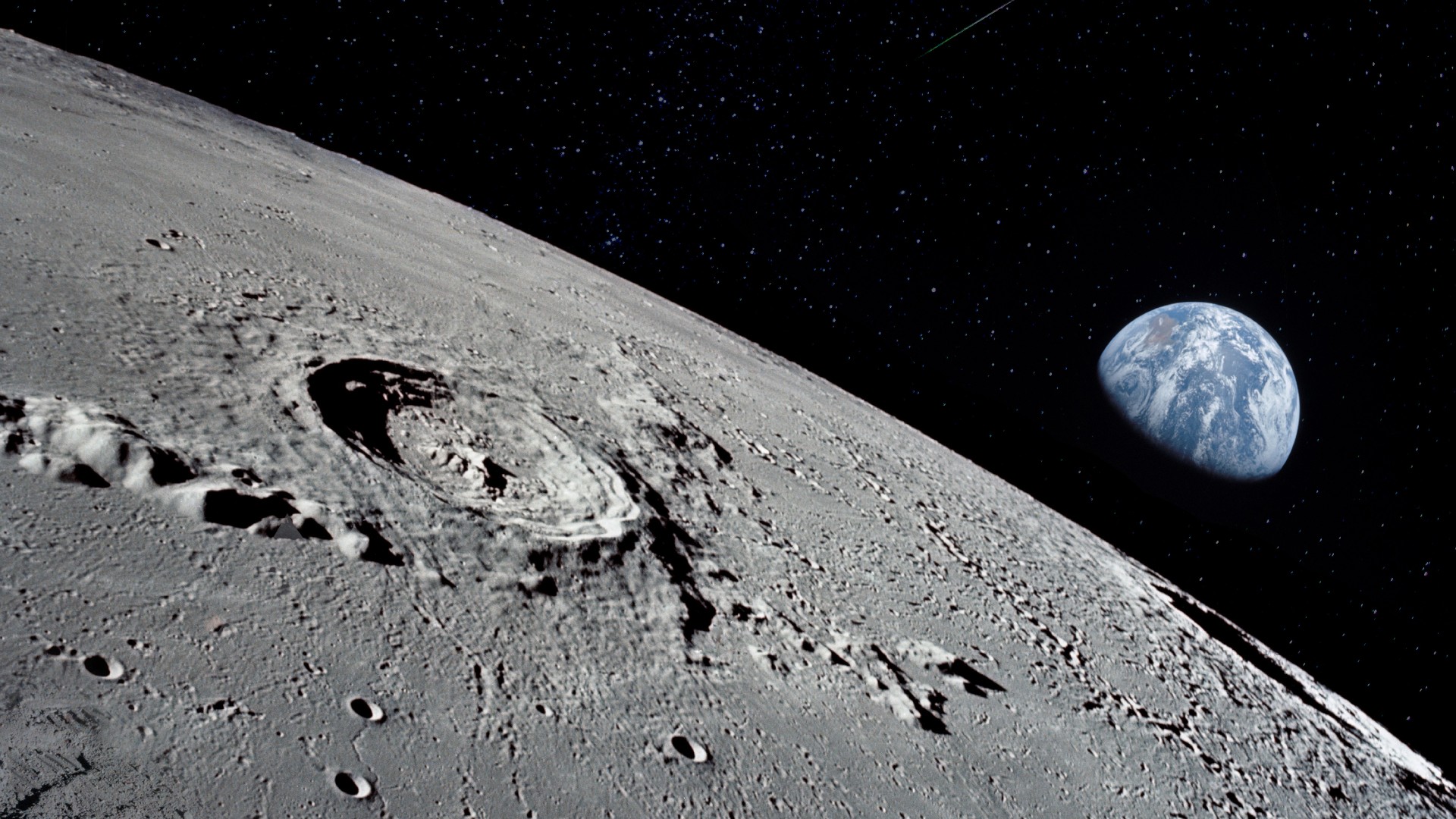
The Moon likely formed from debris after a massive impact on early Earth, explaining the similarity in rocks.
Largest living structure
Earth’s largest living structure is coral reefs, made from tiny coral polyps building calcium carbonate skeletons.
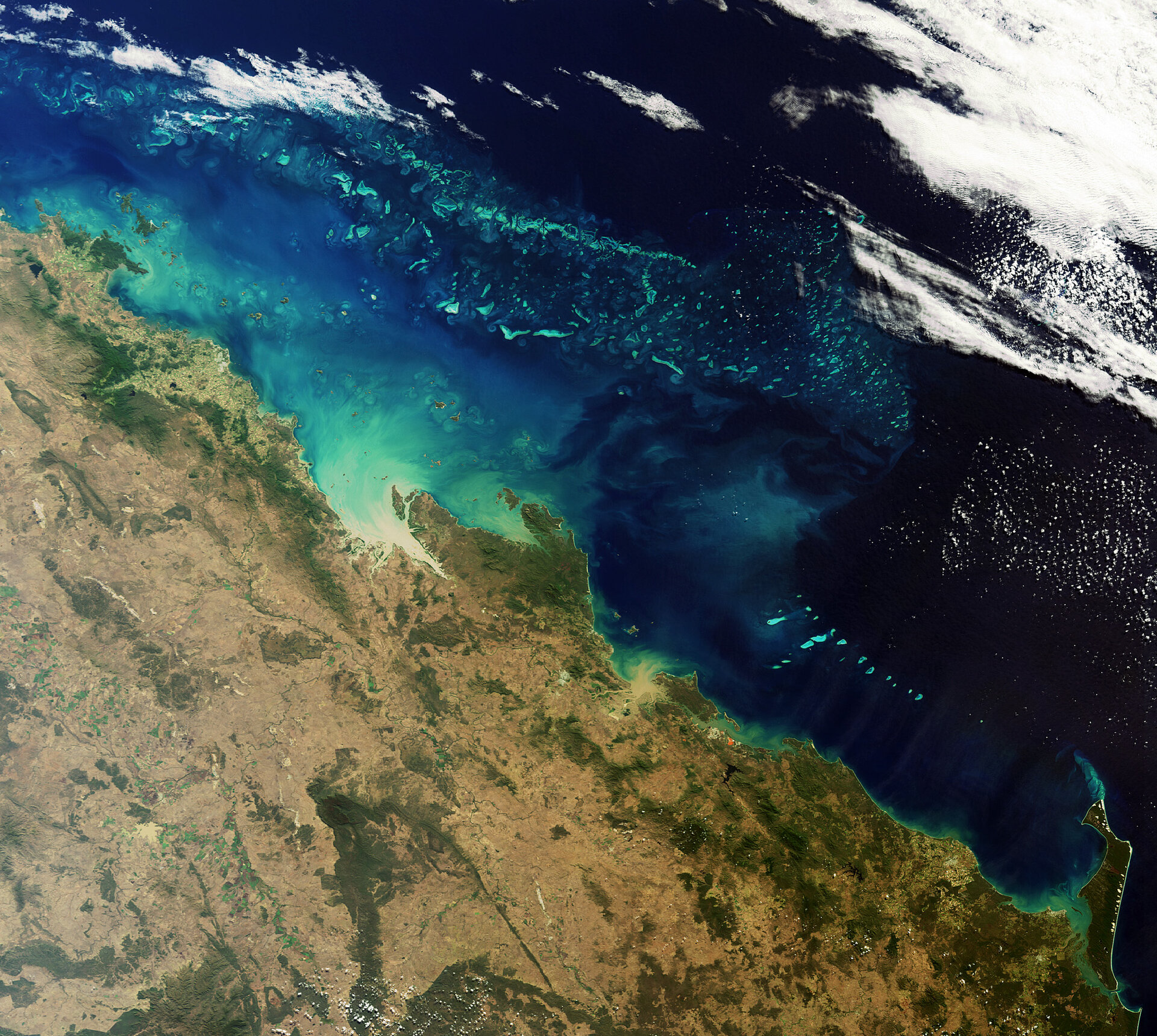
These reefs support vast biodiversity and protect coastlines from storms. Yet, ocean acidification and rising temperatures threaten them, causing coral bleaching and death. ESA satellites monitor ocean chemistry changes to help protect these vital ecosystems.
Largest ice sheet
Antarctica holds the largest ice sheet on Earth — 30 million cubic kilometers of ice, containing 70 per cent of freshwater. Extreme cold and powerful winds characterise the continent.
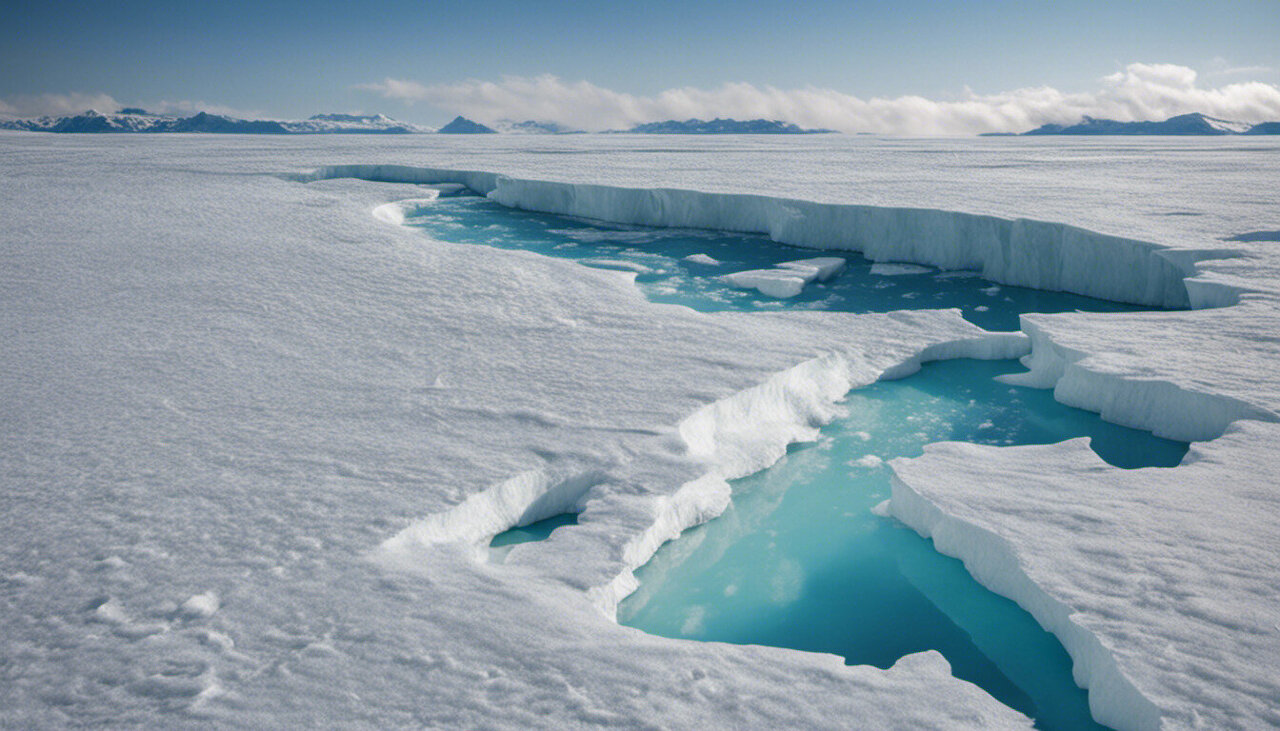
“Third pole”
The Tibetan Plateau is often referred to as the “third pole” owing to the amount of freshwater it contains. With over 46,000 glaciers, the Tibetan Plateau holds the largest reserve of freshwater outside of the North and South Poles.
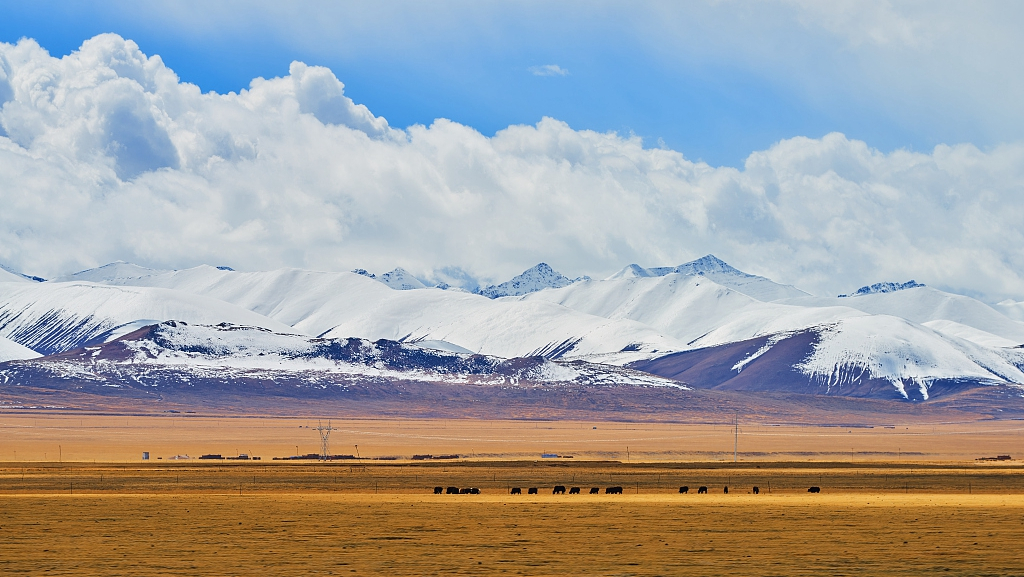
These insights show just how dynamic and interconnected our planet truly is.









